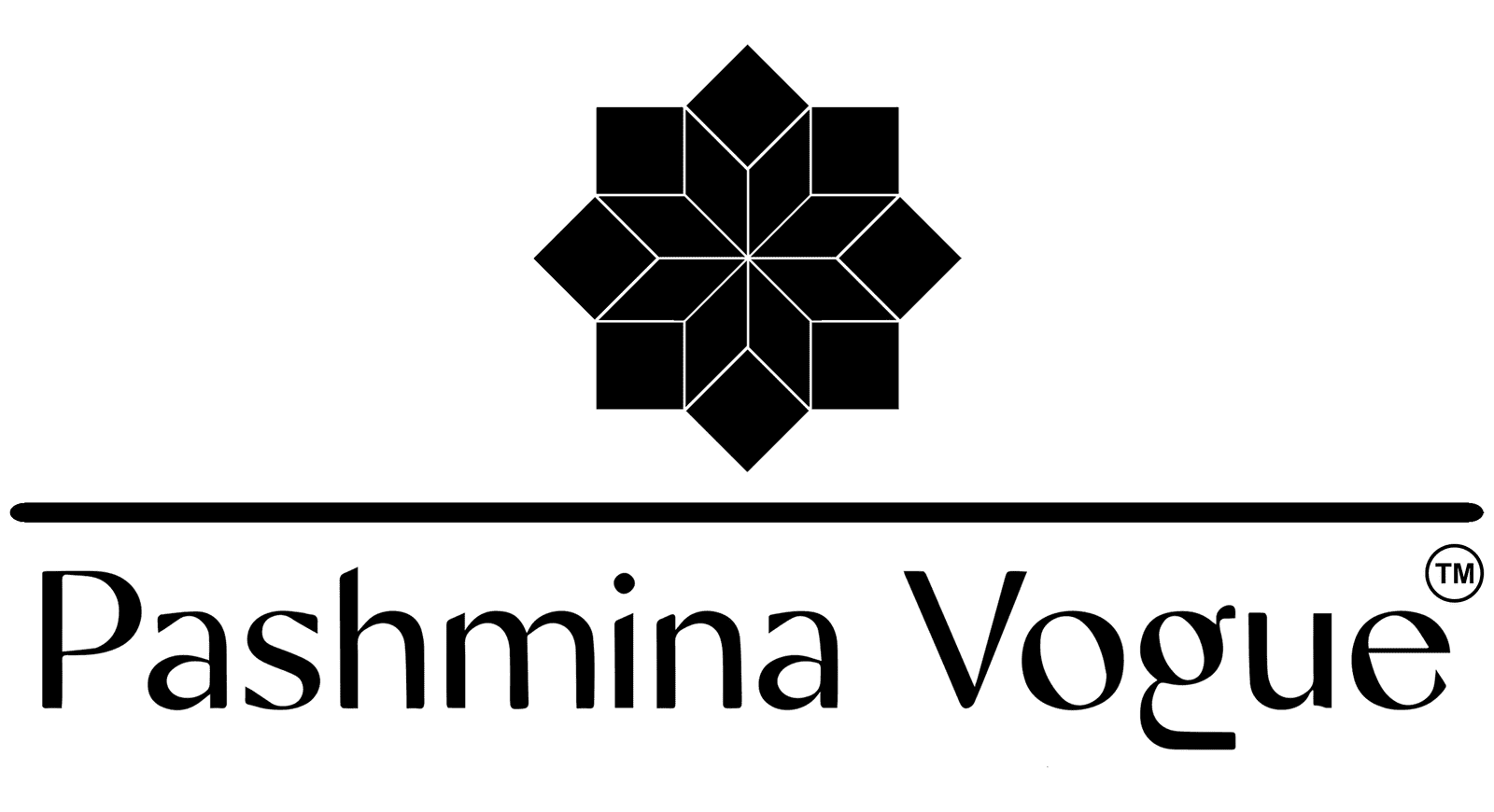Pashmina shawls are the epitome of fascinating, fashionable masterpieces, renowned worldwide for their unmatched features such as a luxurious feel, exceptional warmth, and incredible elegance.
However, conscientious consumers are now increasingly concerned about cruelty-free products, which means ensuring that no animals are harmed in the production of raw materials or the final product. Unfortunately, most people are unaware of how pashmina is produced, leading to the misconception that its production harms animals. To dispel this misunderstanding, It is crucial to understand what pashmina is and where to buy it ethically.
What is Pashmina?
Pashmina is the finest version of cashmere wool. Many people are often confused about whether cashmere and pashmina are the same or different. While cashmere wool is obtained from many Himalayan goats, the cashmere wool that is transformed into Pashmina comes only from the undercoat of Changthangi goats. These goats, also known as Pashmina goats, are rare and found in regions such as Ladakh, Kashmir, China, and Tibet, where they live at high altitudes of approximately 35,000 feet above sea level. Adapted to the harsh Himalayan geography, these goats have fine and soft undercoats that provide the raw material for Pashmina shawls.
Source of Pashmina Wool
Pashmina goats live in specific geographical conditions that allow hair to grow on their undercoat. During the winter season, the hair on the goat’s undercoat begins to grow. By spring or summer, the goats start feeling uncomfortable due to the excess hair and start rubbing their bodies against rough surfaces.
This is when the shepherds take note and call the professionals to remove the hair using special tools, without harming them. The professionals just comb the goat’s bodies, gently collecting the hair in containers and leaving the goat’s hair free. This process involves just combing, the goats and does not involve any harm, such as pitching, puckering, or shearing.
Ethical Practices in Pashmina Processing
The source of Pashmina is a completely natural process. During the processing stage, everything is done by hand and with utmost care. No animals are harmed during the production of Pashmina, as the Pashmina goat farmers and industry have a deep respect for mother nature and animals.
The livelihood of the shepherds depends completely on the Changthangi goats, so they ensure the goats remain healthy and well-treated to produce high-quality wool.
After the raw wool is collected, it is sent to Kashmir, where women hand spin it using the Yinder, a traditional wooden spinning wheel. The wool is transformed into fine threads of Pashmina. These threads are then handed over to male weavers, who use traditional techniques to create outstanding masterpieces.
Their unmatched craftsmanship results in stunning Pashmina shawls, scarves, stoles, etc showcasing the unique skills of Kashmiri artisans. The process of making yarn from Pashmina products results in minimal wastage of wool.
How to ensure you are buying cruelty-free Pashmina
When buying a Pashmina stole, wrap, or shawl from the shop, local artisan, or online store, ask questions about the sourcing and production process of the Pashmina.
It is always recommended to buy from trusted Pashmina sellers who adhere to a cruelty-free and sustainable approach. The best way to ensure this is by checking for a GI (Geographical Identification) tag, which not only verifies that the product is made using ethical practices but also guarantees its purity.
Conclusion
The process of making pashmina is entirely natural and cruelty-free. Shepherds care for their goats, as their livelihood depends on them, and these are rare to find. Since the traditional Pashmina industry emphasizes completely handmade and ethical practices, it directly supports artisans. Due to these ethical practices, the demand for pashmina is increasing.
To buy authentic Pashmina stoles, wraps, and luxurious shawls, visit Pashminavogue.com, where you can find a wide variety of Pashmina products that perfectly blend modernity with timeless elegance.
Frequently Asked Questions
How is Pashmina wool collected without harming goats?
The process of collecting Pashmina does not harm goats and sheep. When goats start shedding their hair in the spring or summer, they feel uneasy and try to remove the hair by rubbing their bodies against rough surfaces. This is because the soft undercoat becomes uncomfortable for them. And they just want to relieve this uneasiness, the goats naturally shed their hair. At this point, shepherds take the help of professionals to gently remove the hair by gently combing without harming the soft bodies of goats.
Are there any certifications to verify cruelty-free Pashmina?
Yes, you can look for the GI (Geographical Identification) tag to ensure that the product is made using ethical practices. The GI tag on Pashmina is awarded only if the product passes the authorization process that confirms all the original traits of the product.
How can I support ethical Pashmina producers?
You can support ethical Pashmina production by buying directly from the producers, which will benefit both buyers and sellers. This policy also encourages them to produce more.
Why is Pashmina more expensive than other wool products?
The natural process, rarity, completely handwoven craftsmanship, and the traditional technique of turning Pashmina threads into attractive wraps, shawls, and scarves, define the true elegance of Pashmina. It is the cultural heritage of Kashmir, offering a premium feel, warmth, and delicacy which makes it both unique and expensive.
